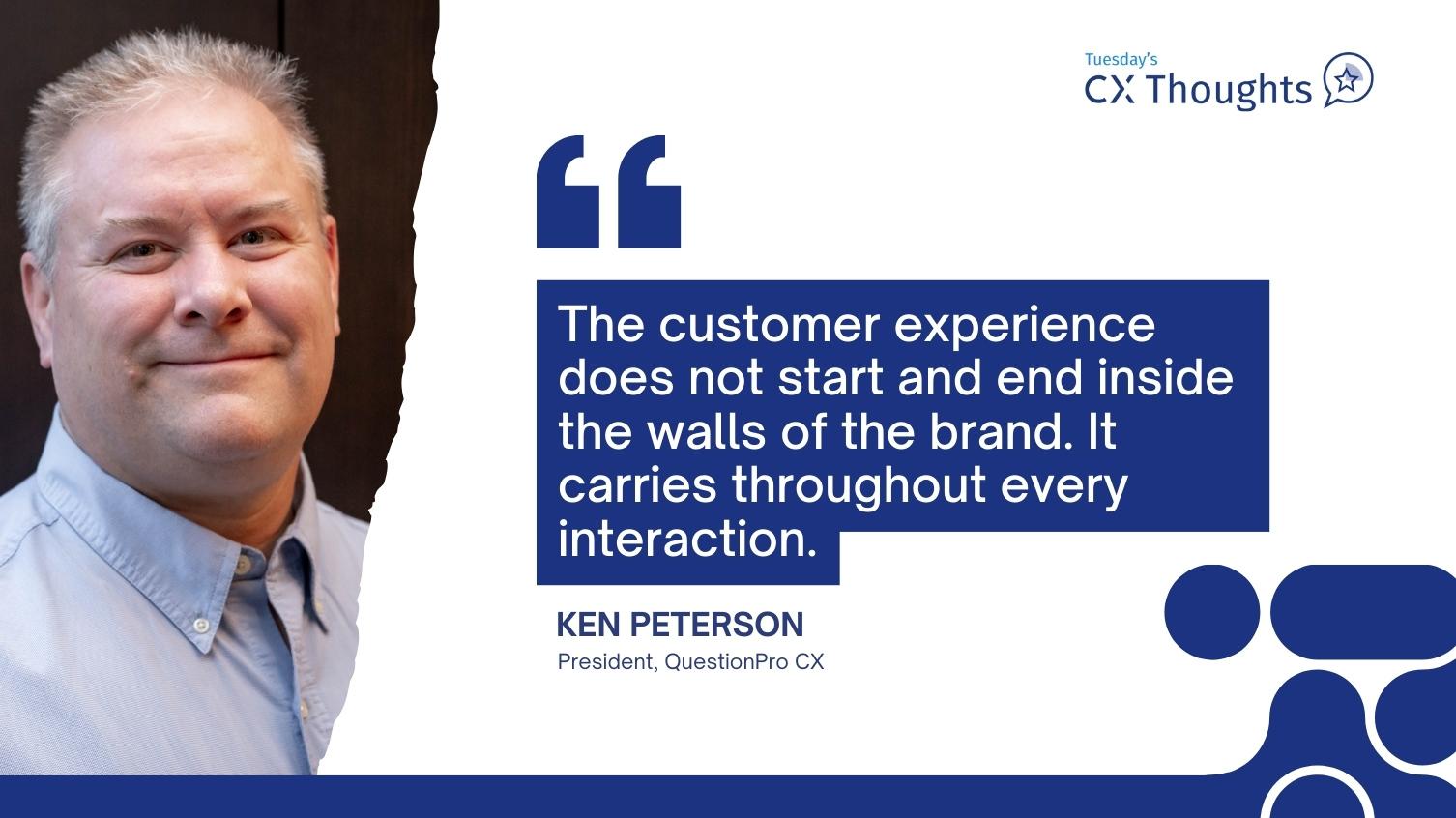
Imagine having access to an endless stream of data, without ever collecting a single real response. Sounds futuristic? Not anymore. Artificial data is a term that is quickly becoming a core part of the conversation. And yet, it’s often misunderstood or confused with synthetic data.
In this article let’s discuss what artificial data means, how it connects to partially synthetic data, and why researchers, analysts, and insight teams should start paying close attention.
What is Artificial Data?
Artificial data is any data that’s created, not collected. Instead of coming from real-world behavior or responses, it’s made by algorithms, simulations, or generative tools. This includes:
- Synthetic data.
- Computer simulations.
- Anonymized statistical outputs.
- Tabular data synthesized from real datasets.
Artificially generated data can be used in software testing, machine learning, fraud detection systems, and yes, in survey design and insight generation too.
It doesn’t use customer data, and when done right, it protects customer data while still delivering insights to researchers and data scientists.
How Artificial Data Is Generated?
Artificial data can be generated in several ways, depending on the use case, data complexity, and intended application. Here are the three most common methods:
1. Rule-Based Methods
This approach uses predefined rules, distributions, and mathematical logic to produce data that follows expected trends. For example, you might create customer satisfaction scores based on a known bell curve or simulate purchase behavior across age groups. This works well for structured, tabular data where the rules are clear and consistent.
2. Generative Models (GANs, VAEs)
Generative Adversarial Networks (GANs) and Variational Autoencoders (VAEs) are advanced machine learning models that produce synthetic data by learning from existing datasets. These models generate data that’s nearly indistinguishable from the real thing and are commonly used to create:
- Synthetic images for computer vision applications.
- Synthetic financial data for fraud detection.
- Synthetic customer data for training AI models.
- Fully synthetic data sets for product testing.
They’re especially useful when you need high realism in data but can’t use sensitive customer data or publicly available data.
3. Data Augmentation Techniques
Data augmentation creates new data by modifying existing data points. This can involve:
- Adding noise or distortion.
- Rotating or resizing images.
- Masking certain data points.
It’s widely used in natural language processing, image classification, and software testing to help models generalize better and avoid overfitting.
Learn More: Techniques and Considerations of Synthetic Data Generation.
Why This Matters to Market Researchers and CX Professionals
At QuestionPro, we believe insights should be accessible, flexible, and privacy-safe. But researchers often hit barriers like:
- Inability to access sensitive data.
- Scarcity of real-world data in new or niche markets.
- The need to test survey logic or product ideas before launching them fully.
Artificial data allows you to generate synthetic data sets that mirror expected patterns without waiting for live responses. That means:
- Faster time to insight.
- Better model accuracy through training data refinement.
- Stronger protections for respondent privacy.
- Smarter experimentation with unstructured data and edge cases.
Learn More: Artificial Intelligence for Big Data & How They Work Together.
Artificial Data vs. Real World Data: A Complement, Not a Replacement
Artificial data doesn’t replace actual or original data, and it enhances it. The use of synthetic data generated through computer simulations or algorithms offers a low-cost alternative to real-world data, which is becoming increasingly necessary for building precise AI models.
While real-world responses provide emotional context, behavior signals, and deep customer stories, synthetic data aims to offer speed, flexibility, and safety. You can use artificial data to:
- Run simulations in early-stage research.
- Test survey logic using synthetic customer data.
- Train artificial intelligence(AI) systems to recognize edge cases or rare events.
It’s not about choosing one over the other; it’s about using both wisely and efficiently.
Artificial vs Synthetic vs Augmented Data
Here’s a quick breakdown:
| Type | Description | Use Case |
| Artificial Data | A broad term for any data not collected from the real world | Data privacy, simulation, and early-stage testing |
| Synthetic Data | High-fidelity artificial data generated using ML or statistical models | AI training, fraud detection, and CX simulations |
| Augmented Data | Modified real data used to expand sample sizes | Computer vision, NLP, and small data enrichment |
Each has a role, and depending on the project, you might use one or a combination of these.
Benefits of Using Artificial Data
Artificial data isn’t just convenient, it’s powerful. Here’s why more organizations are turning to create synthetic data offers:
- Cost Efficiency: No need to conduct expensive data collection exercises.
- Solving Data Scarcity: Great for early-stage models or niche audience segments.
- Bias Reduction: When designed well, it can mitigate inherited bias in real data.
- Faster Experimentation Cycles: Test hypotheses and survey logic quickly.
- Data Privacy: Protects sensitive data while offering usable insights.
Challenges and Limitations
That said, artificially created data isn’t perfect. Here are a few limitations to keep in mind:
- Realism Concerns: Poorly designed data may miss key patterns in actual data.
- Model Overfitting: AI models might learn to detect patterns in the artificial data that don’t exist in the real world.
- Ethical Considerations: Transparency in how synthetic datasets are generated is critical, especially in sensitive fields.
Quality matters. Using machine learning synthetic data wisely means checking that it retains the statistical properties of raw data while avoiding misleading artifacts.
Industry Adoption Examples
A range of industries already use artificial data. Here are some of them:
- Healthcare: Simulating patient data to test treatments and detect anomalies.
- Autonomous Vehicles: Training systems using synthetic vehicle crash data.
- Finance: Generating synthetic financial data for credit risk modeling.
- E-commerce: Using synthetic customer data to predict purchase behavior.
- Retail: Testing promotional scenarios before launching campaigns.
With publicly available data often limited, synthetic data sets are a vital solution for innovation without compromising privacy.
Learn More: Synthetic Data Generation Tools & Platforms.
Conclusion
Artificial data isn’t just a tech trend. It’s a fundamental tool for smarter, faster, safer research. With the right synthetic data generation tools, you can:
- Grow your dataset without compromising privacy.
- Prep your machine learning models for real-world deployment.
- Get time to insight in a data-starved world.
At QuestionPro, we’re exploring how artificial data can be applied to everything from survey design to customer experience modeling. If you want to future-proof your research strategy, it’s time to check out what synthetic test data can do.
Ready to explore? Let us show you how artificial data fits into your insights journey.
Frequently Asked Questions (FAQ’s)
Answer: It’s data that’s made by computers instead of being collected from real people or events.
Answer: Think of a fake customer profile generated by AI to help test a survey or train a model.
Answer: Synthetic data is a type of artificial data that’s created using smart and innovative models to look just like real data.
Answer: You use rules, simulations, or AI tools to generate it instead of gathering it from the real world.


